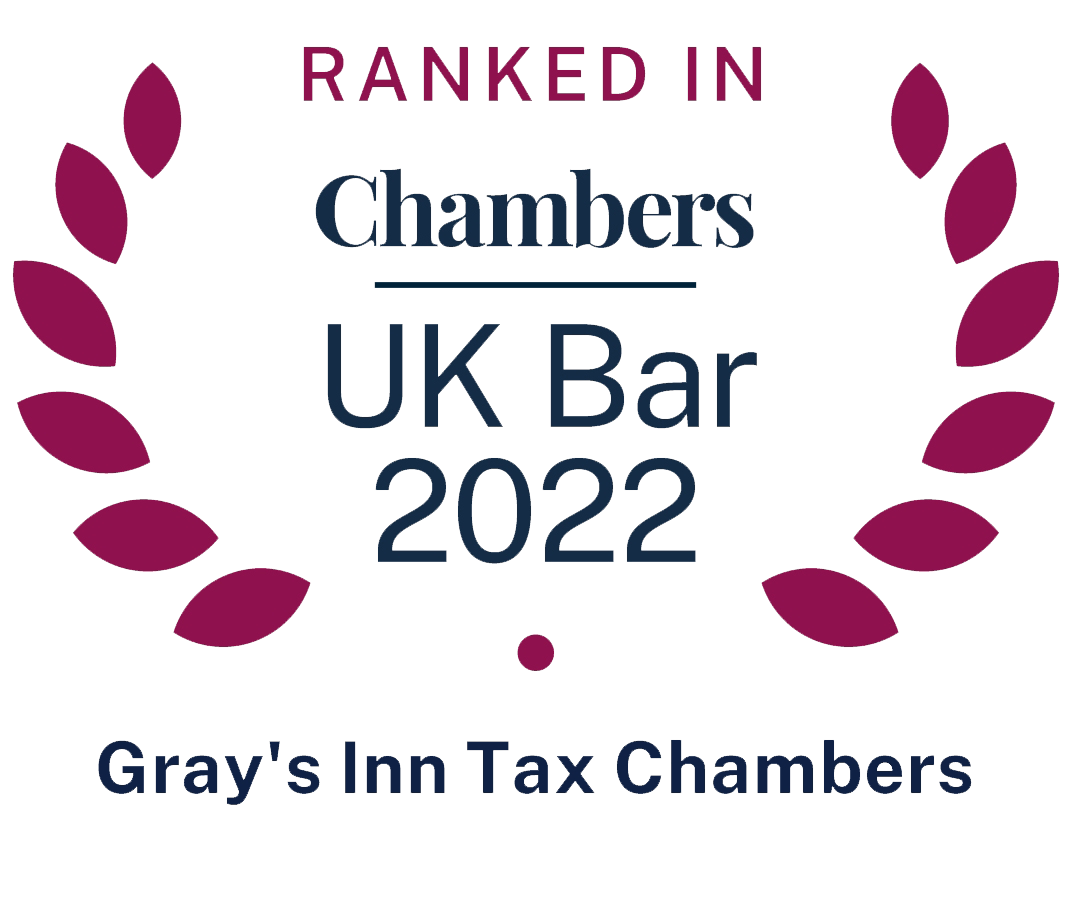India’s Prime Minister, Mr Narendra Modi, visited the UK in November 2015. He addressed an audience of 60,000 in Wembley Stadium. The event was designed “to celebrate the Indian Diaspora’s contribution to the UK economy”. This made me think about the different types of Indian taxpayer who would have attended. In particular, I thought about the “NRI” or “Non-Resident Indian”, who represents a growing class of individuals spending time in the UK, but, at least until the statutory residence test came in, managing to avoid being UK tax resident. It is not to be confused with second and younger generations who were born in the UK. I am sure both types would have been at Wembley. When the PM began by saying “Good evening Wembley”, he could have meant the audience in front of him or the normal population of Wembley, which contains a significant Indian component.
The phrase “NRI” requires some explanation. It is commonly used (and confused) to mean any type of Indian who either has an Indian passport or had an Indian passport, and is not tax resident in India. The Indian test of tax residence for an Indian citizen or person of Indian origin (“PIO”) is simple and consists purely of spending 182 days or more in the tax year in India. However, NRI in fact derives its important meaning from India’s exchange control legislation, now contained primarily in the Foreign Exchange Management Act 1999 (“FEMA”). Someone who is an NRI under FEMA has considerable advantages in acquiring and holding assets offshore, while not being particularly at a disadvantage in what he can do in India. The FEMA definition of NRI defines residence as a period amounting to 183 days or more in the financial year: this is the same as the tax year and runs from 1st April to 31st March. The quirk that the FEMA test allows one additional day to count towards non-residence than the tax test is important, and the maximum amount a purported NRI should spend in India is no more than 181 days if he wants to be non-resident for tax purpose and an NRI under FEMA. The FEMA test also refers to Indian citizens and PIOs. The status of PIO is, incidentally, something that has to be obtained and is not available automatically. But it is not directly relevant to the current topic. NRIs generally retain their Indian citizenship, whereas a PIO would have a foreign passport. NRI is also an official status: I once innocently ticked the “NRI” box in the immigration form when arriving at Mumbai. My ticking the box resulted in a ticking off by the immigration official since I hold a British passport and relinquished my Indian citizenship many years ago. But since the immigration experience, I have become an OCI, which means “Overseas Citizen of India”; not quite the same as dual citizenship, but I value the fact that I have citizenship status of sorts in both my country of origin and my home country. Unlike NRIs, OCIs tend to be based overseas and only visit India from time to time with no particular regularity.
It is the FEMA status of NRI that carries greater advantages, but achieving non-residence for tax means that the individual only pays tax on Indian income and gains. When I refer to NRI, I refer to an individual satisfying both tests. I should say that pretty much all NRIs are not domiciled in the UK under either the “normal” or IHT definitions.
Historically, the NRI has typically been someone who goes abroad to work for a number of years, visiting India annually. But since economic (including exchange control) liberalisation in 1991, the phenomenon has developed of the NRI being an individual with significant business and personal interests in India leaving to obtain NRI status. Such an individual might well spend up to 181 days in India every year, and the balance overseas. They would retain significant connections with India including home, family and business: unlike the UK, “ties” with India do not affect fiscal residence.
The UK became a favourite location for such NRIs to spend significant periods of time, but in a manner that avoids UK tax residence. Any balance remaining from periods spent in the UK and in India would be spent in a third jurisdiction-or several jurisdictions. The amount of time spent in the UK had a degree of flexibility before the SRT came in. Now, the rule of thumb is not to exceed 90 days a year, but that may be quite restrictive. Some NRIs, before the new proposals for reforming the remittance basis, even opted for UK tax residence from April 2013, relying on the remittance basis to protect offshore wealth. Of course, the combination of non-UK residence and the old capital gains rules regarding disposals of residential property by non-residents gave the best environment for spending time in the UK. Property was seen both as a place to live and an investment, free from Indian regulatory or tax complications and from UK taxes.
The UK has now become very complicated for NRIs. The types of decisions which have to be made include:
- Whether to hold residential property individually or in a corporate name (the IHT risk remaining a big factor against individual ownership);
- Whether to become UK tax resident in order to maintain quality of lifestyle: for someone who has become resident recently or will do so, there will at least be the 15-year “holiday” for using the remittance basis;
- For those who do not want to become UK tax resident, where do they spend the rest of the year after counting days spent in the UK and in India?
- Offshore planning for assets which are neither in the UK nor in India. This will of course become of great importance for those who will become UK resident and deemed domiciled in the future;
- Whether to stop coming to the UK once an individual has become deemed domiciled under the expected new rule and stay abroad for at least 6 years (or not spend more than the permitted number of days in the UK in those years so as to maintain non-residence);
It has already become the case, with the introduction of the various charges on non-residents and residential property, that no single solution fits every situation. Planning for the future will make customised planning even more important. The challenge for the tax adviser is to produce a strategy which carries sufficient benefits and does not produce an artificial lifestyle for the client.
The one area which has not been explored until now is dual residence and the impact of the tiebreaker clause in the double tax treaty. While it sounds complete anathema that someone who is neither tax resident in India nor in the UK could become resident in both, the “centre of vital interests” test could produce some interesting and beneficial results with careful planning.
by Nikhil V. Mehta






